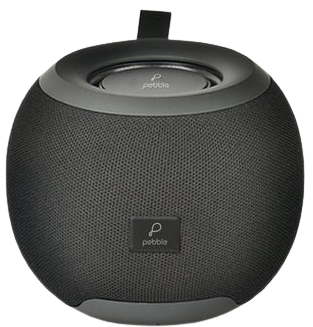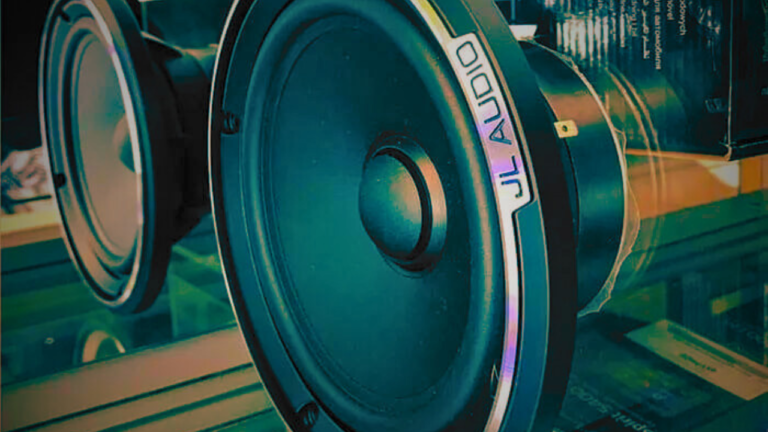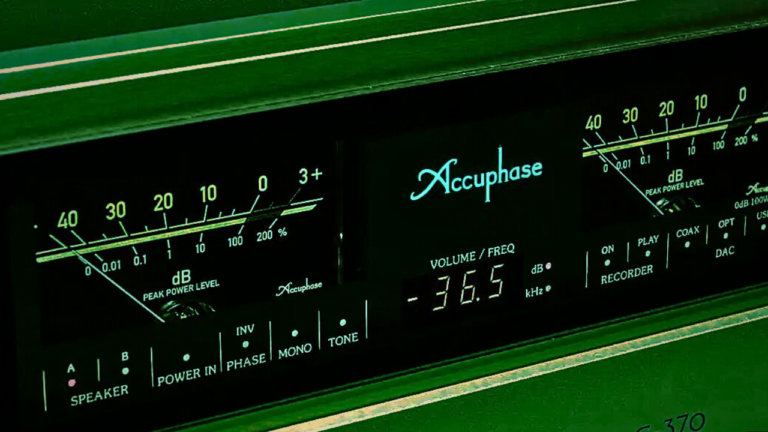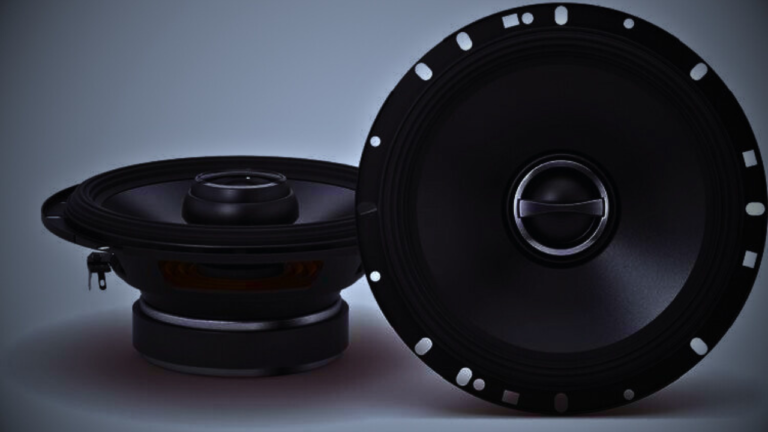Do In-Ceiling Speakers Need A Backbox?
Choosing the right speakers for your home’s sound system is important for both great audio quality and a sleek look. A common question when installing ceiling speakers is whether you need something called a back box.
Well, it depends! Back boxes are like enclosures that help control how sound spreads and boosts the bass. But, if there’s plenty of space between your ceiling and the floor above, you might not need one. The power level of your speakers also matters here.
In our blog post, we’ll explore all this to help you decide if you need a back box for your ceiling speakers.
Read also: Do ceiling speakers need a bracket?
Understanding Backboxes: What Are They and How Do They Work?
Backboxes are like protective homes for in-ceiling speakers. They’re also called enclosures. They do a few jobs: making the sound better, stopping sound from escaping, and keeping the speaker safe from dirt and junk.
How do they do all this? Well, backboxes work by wrapping around the back of the in-ceiling speaker. This creates a closed space. It’s like putting the speaker in its own little room. This closed space stops the sound from bouncing off things like the ceiling beams or insulation. This way, the sound stays clear and doesn’t get messed up.
The Benefits of Using Backboxes with In-Ceiling Speakers
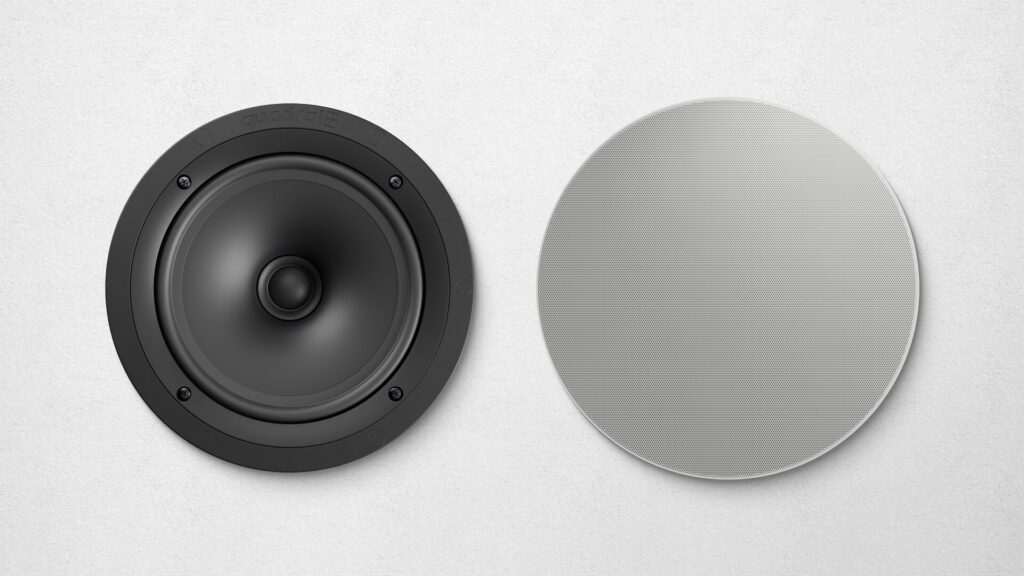
Backboxes make in-ceiling speakers sound better by improving bass and reducing noise leakage. They also protect speakers from dust and debris, making them last longer. Plus, they keep the sound consistent by blocking interference from nearby surfaces.
Benefits of Using Backboxes with In-Ceiling Speakers
- Better Sound: Backboxes enhance bass and minimize sound distortion.
- Less Noise: They stop sound from leaking into other rooms, so you enjoy clearer audio.
- Consistent Quality: Backboxes maintain the intended sound profile by blocking interference.
- Protection: They shield speakers from dust and debris, prolonging their lifespan and performance.
Installation Considerations: When to Use Backboxes with In-Ceiling Speakers

When you’re setting up your in-ceiling speakers, it’s important to think about using backboxes for better performance and durability. Backboxes have a few advantages, like making the sound clearer, stopping it from leaking out, and protecting your speakers.
Considerations
- Better Sound: Backboxes help the sound stay clear and sharp, so your music and movies sound great.
- Less Sound Leaks: If you don’t want the sound traveling to other rooms, backboxes can help keep it contained.
- Speaker Protection: Backboxes also keep your speakers safe from dust, dirt, and moisture, so they last longer and stay in good shape.
Overall, adding backboxes to your in-ceiling speakers is a smart move for better sound and longer-lasting enjoyment.
Read also: Do ceiling speakers need baffles?
Ways to Enhance In-Ceiling Speaker Performance
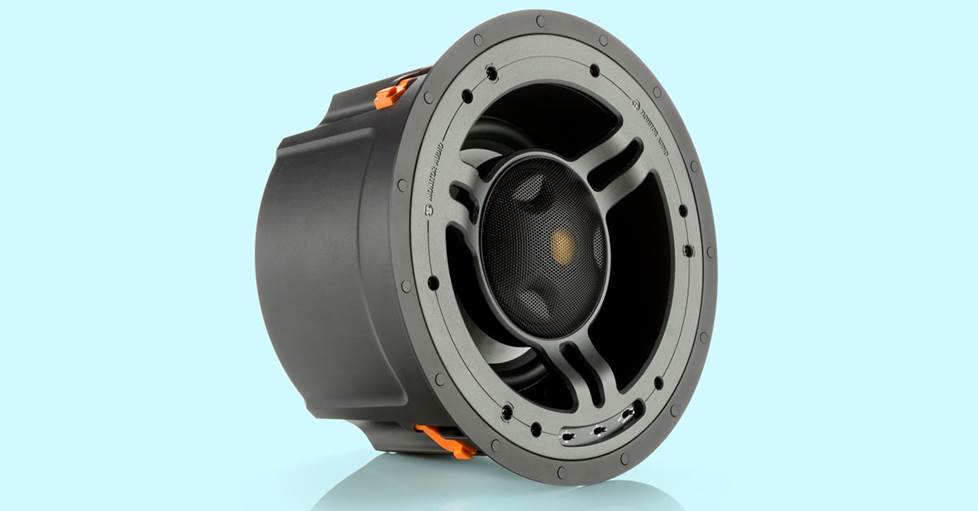
1. Positioning
Place your speakers in the best spots for even sound across the room. Keep them away from walls and corners for balanced audio.
2. Quality Wiring
Use good wires to keep your sound strong and clear. Get thicker wires and keep them separate from power cables to avoid fuzzy or weak signals.
3. Amplification
Make sure your amplifier matches your speakers. It should give them enough power without causing distortion, so you get clean sound.
4. Soundproofing
Add things like carpets or curtains to reduce echoes in the room. This helps your speakers sound better by stopping sound from bouncing around too much.
5. Regular Maintenance
Keep your speakers clean and check the connections now and then. Dust and loose wires can mess with your sound quality, so keep an eye on them.
Is it possible to install in-ceiling speakers without a backbox?
Yes, you can install in-ceiling speakers without a backbox. Backboxes are used to improve sound quality and stop sound from traveling to other rooms. But if you don’t use one, you can still get good sound by adding insulation in the ceiling. This helps soak up sound and makes the speakers sound better.
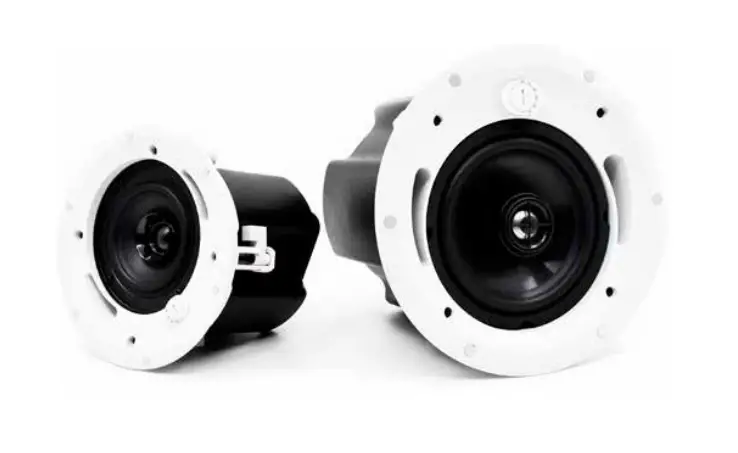
You should also pick good-quality speakers made for in-ceiling use. They’re designed to work well even without a backbox.
Just remember, while skipping the backbox is an option, it might not block sound or enhance the sound as much. It depends on what you need and like best.
Summary
In summary, whether you need a backbox for your in-ceiling speakers depends on a few things. If you want better sound quality and protection for your speakers, a backbox can help. It stops sound from leaking into other rooms and keeps your speakers safe from things like dust and moisture.
But if your ceiling is already well-insulated, you might not need one. Just think about your situation and maybe ask an audio expert if you’re not sure. They can help you figure out if a backbox is right for your in-ceiling speakers.
Read also: What Happens If You Replace 2 Ohm Speakers with 4 Ohm Speakers?
FAQs
What is a backbox for in-ceiling speakers?
A backbox is like a protective housing for in-ceiling speakers. It’s usually a box that fits around the speaker inside the ceiling.
Do all in-ceiling speakers need a backbox?
No, not necessarily. It depends on factors like your ceiling construction and how you want your speakers to sound.
What are the benefits of using a backbox?
Backboxes can improve sound quality by reducing sound leakage and providing a more controlled environment for the speaker. They also protect the speaker from dust and moisture.
Are there any downsides to using a backbox?
One potential downside is that it can make installation more complicated. Also, if your ceiling is already well-insulated, you might not need one.
How do I know if I need a backbox for my in-ceiling speakers?
Consider factors like your ceiling type, desired sound quality, and whether you want extra protection for your speakers. It’s a good idea to consult with an audio professional if you’re unsure.

Hey there! I’m Henry Jack, the voice behind speakerrealm.com, your ultimate destination for everything speakers. Whether you’re a seasoned audio enthusiast or just starting to explore the world of sound, you’ve come to the right place.
At Speaker Realm, I dive deep into the realm of speakers, bringing you comprehensive reviews, insightful guides, and the latest trends in the industry. From floor-standing behemoths to compact bookshelf wonders, I cover it all.
I’m passionate about helping you find the perfect speakers to elevate your audio experience. Whether you’re setting up a home theater, upgrading your sound system, or just looking for some quality audio gear, I’ve got you covered.
But Speaker Realm isn’t just about technical specs and performance metrics—it’s also about the art and science of sound. I explore topics like acoustic design, speaker technology, and the impact of audio on our lives.
So whether you’re a casual listener or a hardcore audiophile, join me on this journey through the world of speakers. Let’s turn up the volume and explore the endless possibilities of sound together at speakerrealm.com!
